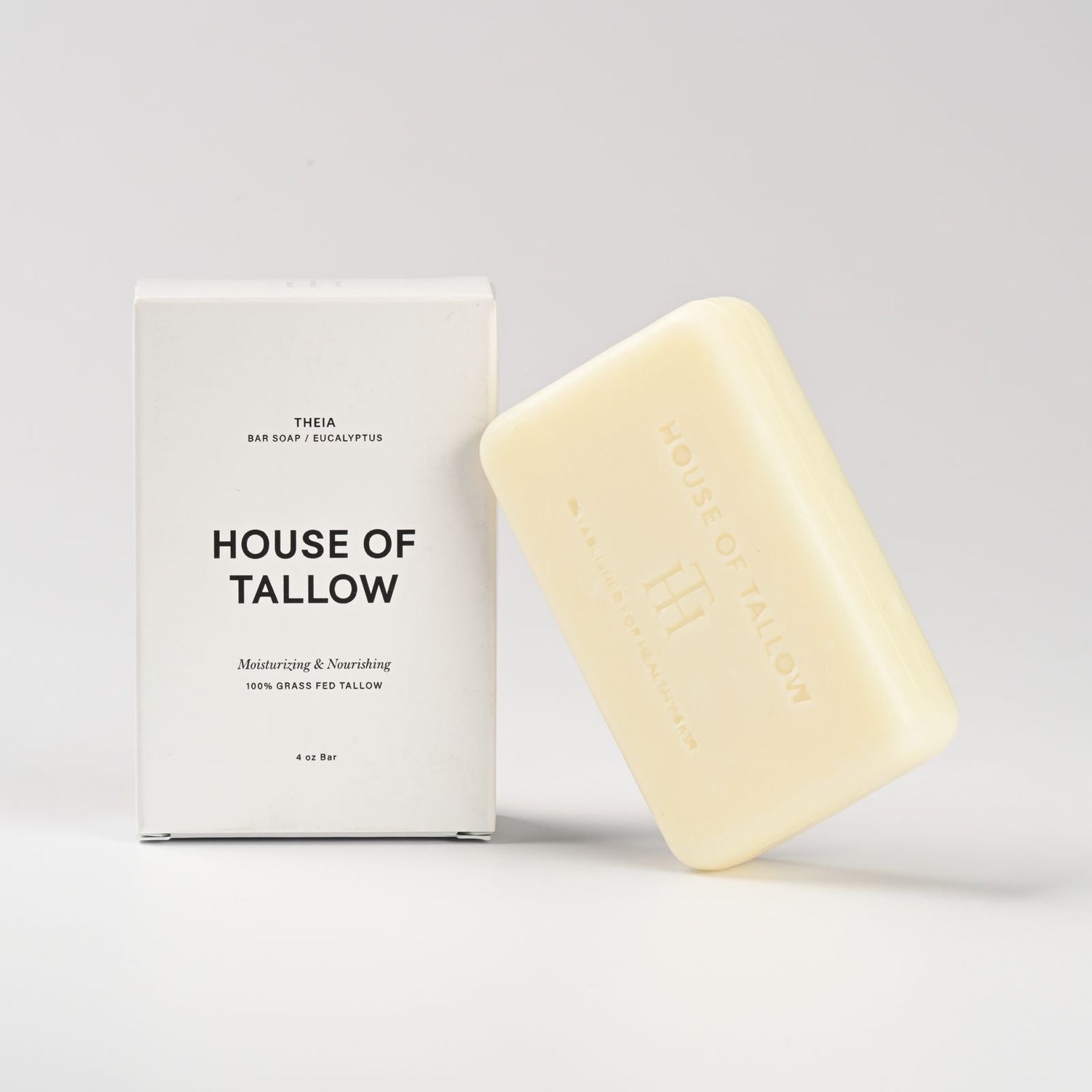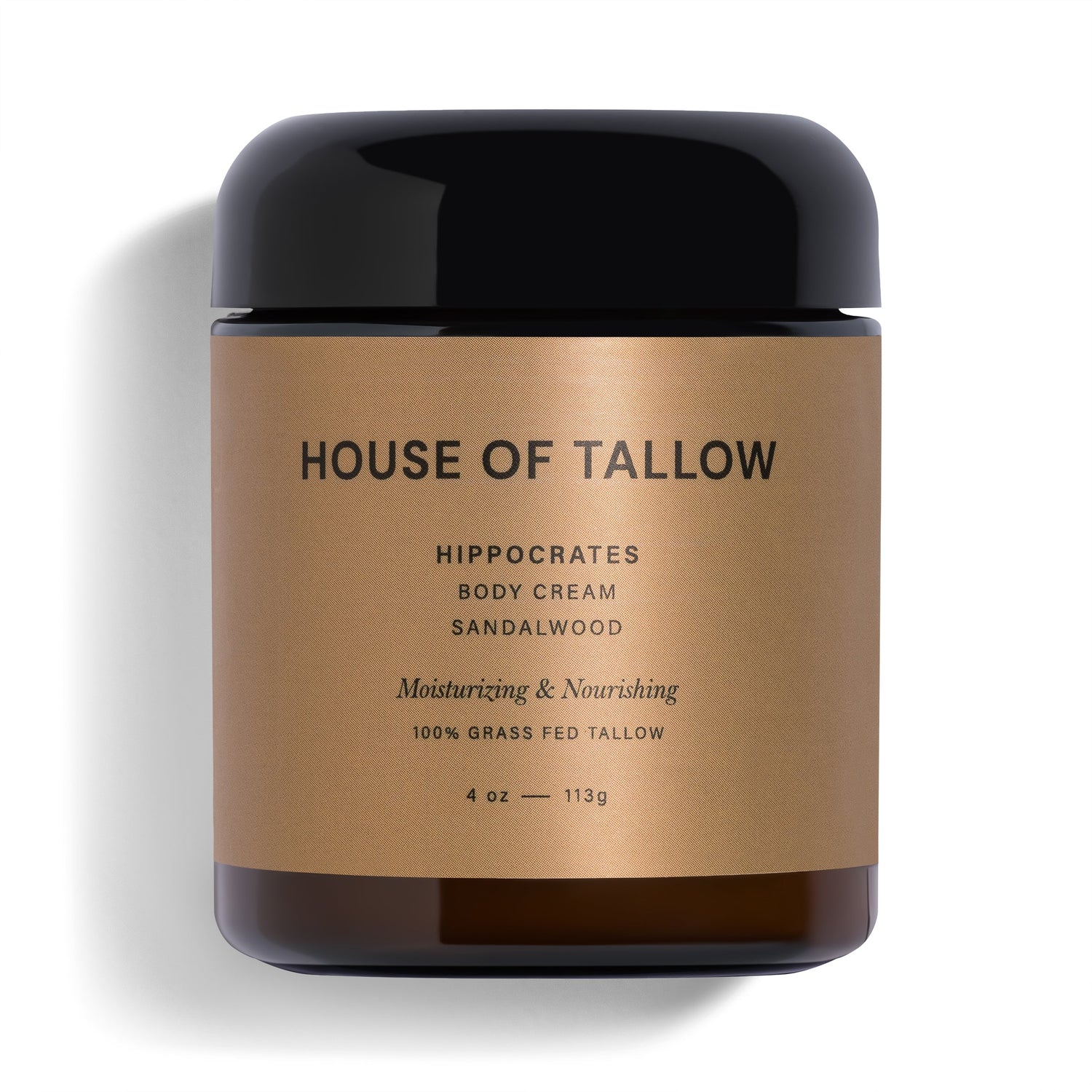Tallow waste, a byproduct of the meat industry, is transforming farming by improving soil health and reducing waste. Here's how it works:
- What is Tallow Waste? A meat industry byproduct rich in carbon and fatty acids, ideal for composting and soil enrichment.
- Why Use It? It improves soil structure, boosts water retention, supports microbial life, and reduces reliance on synthetic fertilizers.
- How to Compost? Mix 1 part tallow with 10 parts carbon-rich materials (like sawdust), turn regularly, and maintain compost temperatures between 131-150°F.
- Application Tips: Apply 1-5 tons per acre based on soil type and crop needs. Test soil regularly to track improvements.
Composting: A Biological Approach to Improving Soil Health
Benefits of Tallow Waste for Soil
Nutrients in Tallow Waste
Tallow waste is packed with carbon and fatty acids, which play a key role in improving soil fertility and supporting microbial life. By enriching the soil and encouraging natural biological processes, it supports the goals of regenerative farming, helping to restore ecosystems. This process promotes nutrient cycling, leading to healthier plants and a more balanced system for soil enrichment.
Improving Soil Structure and Moisture
Using tallow waste can enhance water retention, improve aeration, and support root growth while minimizing soil compaction. These changes create better conditions for plants to thrive. This is especially helpful in regions that face drought or uneven rainfall, as it helps farms handle environmental challenges while maintaining steady crop production.
Tallow waste is also well-suited for composting, which further boosts its benefits for soil health.
Composting Tallow Waste
Steps for Composting Tallow Waste
To compost tallow waste effectively, you need the right mix of materials and conditions. Combine 1 part tallow waste with 10 parts carbon-rich materials like sawdust to encourage proper decomposition. This approach not only cuts down on waste but also helps improve soil health, reducing the need for artificial fertilizers.
Here’s how to do it:
- Initial Processing: Dry the tallow waste to lower moisture levels and manage decomposition better [2].
- Material Mixing: Blend the dried tallow with sawdust pellets. This helps with airflow and balances moisture [2].
- Maintenance: Regularly turn the compost to ensure proper aeration and even breakdown. Adding fat-degrading enzymes can speed up the process [2].
Managing Composting Challenges
Tallow composting can come with a few hurdles, but they’re manageable with the right strategies:
| Challenge | Solution |
|---|---|
| Excess Moisture | Add wood chips to improve airflow |
| Slow Decomposition | Use fat-degrading enzymes |
| Pest Attraction | Stick to the 1:10 material ratio |
| Odor Issues | Turn the compost regularly for aeration |
Keep the compost temperature between 131-150°F (55-65°C) for several days to kill off pathogens [2][3]. Introducing fat-degrading microorganisms can also speed up the breakdown process and help control harmful pathogens [2]. Regular testing ensures the end product is safe for use in agriculture [3].
When done right, tallow waste turns into a nutrient-packed material that boosts soil health and supports crop growth.
sbb-itb-a1b9fc0
Using Tallow-Based Compost in Farming
Guidelines for Applying Tallow Compost
Apply tallow compost during the off-season or pre-planting period to ensure nutrients are fully absorbed into the soil before planting. The recommended application rate is between 1 to 5 tons per acre, depending on your soil's nutrient needs and the crops you intend to grow.
Since soils vary in how they respond to tallow compost, conducting a thorough soil test is critical. This will help you assess nutrient levels and pH balance, ensuring the compost is used effectively.
| Soil Type | Benefits | Application Tips |
|---|---|---|
| Clay | Improves drainage and structure | Best applied in fall for better absorption |
| Sandy | Increases moisture retention | Use higher rates (4-5 tons per acre) |
| Loamy | Enriches nutrient content | Standard rates (2-3 tons per acre) work well |
After applying the compost, monitor your soil regularly to track improvements in health and structure. When used correctly, tallow compost can greatly benefit specific crops, leading to better yields and healthier soil.
Crops That Thrive with Tallow Compost
Certain crops respond particularly well to tallow-based compost. Corn, wheat, and soybeans often show improved yields due to the high nitrogen and phosphorus content found in this compost [1].
"A study on a UK farm using tallow from holistically mob-grazed cows demonstrated enhanced soil fertility and reduced need for synthetic fertilizers" [1].
The success of tallow compost varies based on the crop and growing conditions. Here's how different crops benefit:
| Crop Type | Timing | Benefits |
|---|---|---|
| Corn | 2-3 weeks before planting | Better stalk strength and improved kernel development |
| Wheat | Early fall for winter wheat | Stronger root systems and better winter survival |
| Soybeans | Incorporate before planting | Improved nodulation and nitrogen fixation |
To get the most out of tallow compost, keep an eye on these factors:
- Soil nutrient levels through periodic testing
- Plant health and growth during the season
- Crop yield comparisons with previous years
- Changes in soil structure and water retention capacity
Challenges of Using Tallow Waste
Regulations on Animal Byproducts
Incorporating tallow waste into farming practices comes with a set of rules and documentation that ensure safety and compliance. Farmers need to navigate these requirements carefully to integrate tallow waste effectively. Different regions have their own specific guidelines:
| Region | Regulatory Requirements |
|---|---|
| European Union | ABPR outlines handling protocols and requires source documentation |
| United States | EPA provides guidelines for disposal methods and environmental impact |
| Local Jurisdictions | Permits and usage guidelines vary by location |
Understanding these regulations is crucial for meeting legal standards and ensuring proper usage.
Managing Environmental and Health Risks
Using tallow waste safely involves addressing contamination risks and maintaining strict processing standards. Pathogens like E. coli and Salmonella are key concerns, making monitoring and control measures a priority.
Here are some strategies to manage risks effectively:
| Risk Factor | Mitigation Strategy |
|---|---|
| Pathogen Prevention | Conduct regular testing and monitoring |
| Environmental Protection | Check compost conditions weekly |
| Soil Quality | Analyze soil composition monthly |
To put these practices into action, farmers should:
- Keep tallow waste separate, use clean equipment, and document all procedures.
- Adhere to regional rules and guidelines.
- Carry out routine testing to ensure safety and compliance.
Conclusion: The Role of Tallow Waste in Farming
Key Takeaways
Using tallow waste in farming helps improve soil health while tackling waste management issues. When handled according to regulations, composting tallow waste creates a closed-loop system that supports both agricultural productivity and environmental health. Turning tallow waste into compost is a practical way to boost soil structure and promote carbon storage in the soil.
Promoting Tallow Waste in Farming
Incorporating tallow waste into farming methods requires thoughtful planning and adherence to guidelines. Examples from different regions show how integrating tallow waste can strengthen regenerative farming efforts. Farmers interested in this approach should:
- Check local regulations on using animal byproducts
- Experiment with small-scale composting projects
- Track soil health improvements and keep records
- Expand gradually based on positive results
"Regenerative farming enriches soil, increases biodiversity, and mitigates climate change." - Holly Rose, HOLLYROSE.ECO [1]
Efficient resource management is essential for advancing sustainable farming. By embracing tallow waste composting, farmers can reduce reliance on synthetic inputs, create healthier soils, and build more resilient farming systems. This approach not only supports the environment but also enhances long-term agricultural success.
FAQs
What animals are best for regenerative agriculture?
Animals like cattle, sheep, goats, and poultry play a critical role in regenerative agriculture. They help improve soil health through grazing and natural fertilization. For instance, cattle contribute by reducing soil compaction and boosting biodiversity through rotational grazing. Additionally, byproducts like tallow from cattle can be repurposed to enrich the soil.
Here’s how different animals contribute to regenerative farming:
| Animal Type | Benefits |
|---|---|
| Cattle | Reduce soil compaction, provide natural fertilization |
| Sheep/Goats | Manage weeds through grazing, focus on specific vegetation |
| Poultry | Control pests, provide nitrogen-rich manure |
| Rabbits | Produce fine manure, ideal for small-scale systems |
Using strategies like rotational grazing not only improves soil carbon storage but also helps lower greenhouse gas emissions. Incorporating animals and their byproducts, such as tallow, creates a more sustainable and efficient farming system. This approach closes the loop, blending animal care with soil health improvement.




